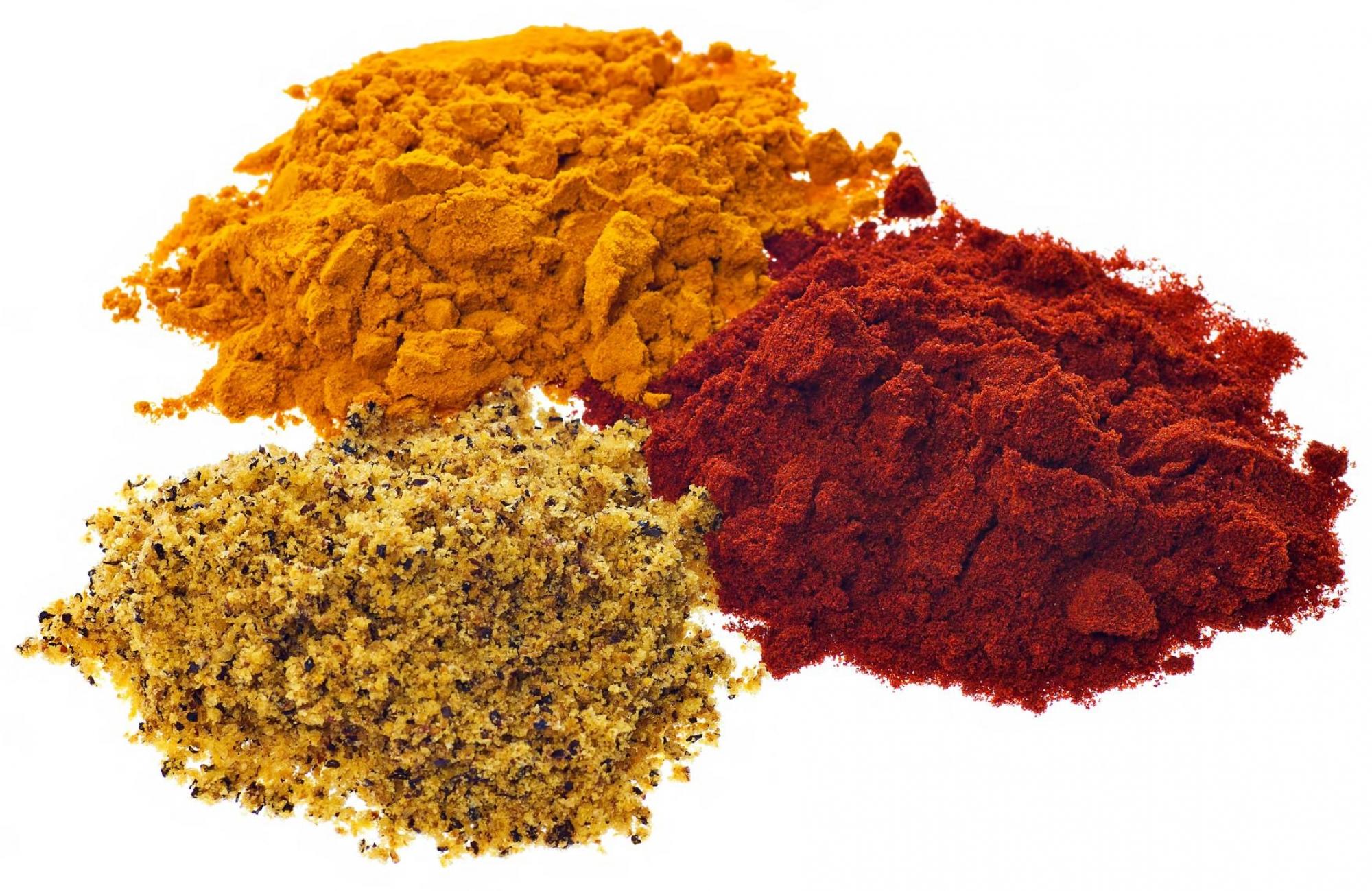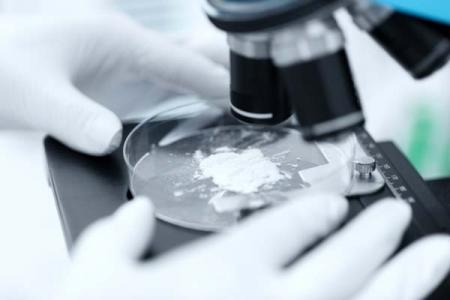This article will discuss the different types of powder properties and what role they play in the processing process.
It is important to note that when talking about powders in this article, this term is broadly understood. So it is not only about powder, but also about dust, grains and granulates. Topics covered are:
- The importance of powders in countless industries
- The different powder properties
- Mixing properties of powders
- Measuring powder properties
The experts at Dinnissen Process Technology are available to answer all your questions:
Get in touch with Juul Jenneskens 077 467 3555
Powders in various industries
Powders are used in many industries. Think of pharmacy where an important part of the medicines exist or are made from powders. Numerous powders are also produced and used in chemistry. In addition, many powders are used in animal feeds for both pets and livestock. This includes not only additives such as vitamins and minerals that are added, but also products such as grains and soy that form the basis for animal feed.
Products that many people all over the world come into contact with on a daily basis are products that are in the supermarket. A large proportion of the products are there in powder form. Think of coffee, tea, soups, sauces, milk powder and spice mixes. In addition, there are many products where powders are used as a base, such as flour for bread, but also cocoa and sugar for chocolate bars. Many powders are also used as an auxiliary substance in other products, such as corn or potato starch in soups and sauces. But also fragrances, colors and flavors, preservatives and added vitamins are examples of powders that are used in countless products.
Not a day goes by without dealing directly or indirectly with powders. There are three reasons why products are converted to powders:
- Powder has a great ease of use,
- It is easy to process,
- The quality of the product is maintained in powder form.
All over the world the powder industry is growing thanks to the innovation of new powder mixes and the growth of world population and prosperity. But what exactly is powder? Powder is scientifically a solid made up of different particles with dimensions ranging from nanometers to millimeters. One gram of powder with an average particle size consists of as many as 100,000,000 particles.
In the practice of powder processing, the limitation of 1 mm does not apply. Granules and granulates are also processed in large quantities.
The different properties of powders
Different types of powder all provide different properties. The first distribution that we can make within the powder properties is the bulk powder properties in relation to the particle properties. In large quantities, other properties are relevant, unlike when a particle is viewed on its own. Think of it like this: bulk powder properties are the combined effect of particle properties.
Particles Properties: distribution, shape, particle density, abrasiveness, corrosivity, composition and internal structure,
Bulk Powder properties: flow properties, bulk density, mix quality, tendency to segregate, dust formation.
A second division that can be made within powder properties is based on three main classes:
Fundamental properties: moisture content, shape, surface composition, surface shape, size and distribution, molecule and microstructure, bulk density, and melting point,
Functional properties: flow property and compressibility,
Unwanted properties: dust formation, stickiness, caking and stains.
Fundamental properties depend on both the own material properties during and after processing, as well as the properties of the raw material. These properties therefore vary enormously, but they remain parameters for the functional properties of the powder. An example that everyone knows is the difference between sugar and powdered sugar.
Granulated sugar can be ground into a powder. Powdered sugar clearly has a different structure than granulated sugar and is used in chocolate, candy and ice cream, among other things. Because icing sugar melts faster in the mouth, sweetness is experienced more intensely. But the properties also change during processing. For example, granulated sugar has different flow properties, different bulk density, and a tendency to dust as powdered sugar.
To produce small particles from the liquid or solid bulk materials, the materials can be dried, grinded, crushed, sedimented, worn, pulverized or crystallized. The two most common methods of making powder from liquid are drying and crystallization. When the powder is obtained from the bulk substance, there are different terms for different sizes such as dust, powder, grains and granulates. Dust is the finest powder, so fine that it floats around during the process and cannot be processed. This is followed by powder, such as milk powder or dyes. Next come the grains and aggregates. Think of instant coffee, but also cats and dog food.

Powders in different industries
Not a day goes by without dealing directly or indirectly with powders
Mixing properties of powders
More and more products are being mixed due to the development of new product formulas. Mixing powder means homogeneously mixing two or more different powders. In contrast to liquids, it is not possible to create a completely homogeneous distribution with powder mixtures. In many cases, however, it is not only about homogeneity, but mainly about creating desired product properties in the mixed product. How well the powder particles of the different ingredients mix depends on the size, shape and density of the powder particles. Properties such as flow properties and tendency to form agglomerates of the various powder particles to be mixed also determine the quality of the powder mixture. In addition, there may also be powder particles in the mixture that are fragile and can be damaged if mixed for too long.
When mixing, an external force is always required, because the particles do not spread well by themselves. In general it can be said that there is a complex relationship between mixing parameters and product properties.
There are three mixing mechanisms:
- Convection mixing: mixing is initiated by the rotary motion of the mixer or by the movement of paddles or sometimes by gas flow.
- Shear mixing: shear mixing caused by the interference of the powder particles moving at different speeds.
- Diffusion mixing: this is caused by the random movement of powder particles.
All of these mechanisms work together in some way, but the efficiency is highest when the standard deviations of individual ingredients are very low. For a good mixing with acceptable product quality, the mixing must meet the correct sensory properties, functionality, homogeneity and integration of particles.
Good procedures with regard to cleaning of the mixer and quality assurance of contaminants in ingredients are essential to ensure the microbiological safety of foods after mixing. When mixing powders, a closed process is optimal, because external influences have no impact on the mixing process. In this way, small impurities are prevented from spreading in the mixture.
Measuring powder properties
What happens if the technology suddenly no longer works as it should? Powder property measurements can show why problems occur in the process and what the source of these problems is. In addition, measurements of powder properties can be used to determine whether the process remains stable and whether the products produced remain within the set limits. In addition, measurements of powder properties can help to better control and design industrial processes from the start.
Powder property measurements yield even more:
- Measurements provide insight into what happens within the processing process,
- It provides insight into how process variables influence substance properties,
- Measurements are necessary for a good installation design,
- Powder properties are a measure of the quality of the product.
The measurement of powder properties stands or falls with a representative sample. A sample must be taken at different times. Taking just one sample of the total mass will give a distorted picture. From the total mass, a representative measurement can be made by taking a number of small samples of each part of the total mass. Two aspects need to be taken into account. The sample has to be taken at different times and from a moving stream.
If something has to be said about a total batch regardless of whether it is the total production of a factory for one day, one batch produced or one filled big bag, there are two ways to take a sample to determine the powder properties.
In the first way, the samples are combined and mixed to a homogeneous powder.


Name: Juul Jenneskens
Advisor
Please feel free to contact me if you have any questions about this subject. My team of colleagues and I are ready to answer!
Get in touch with Juul Jenneskens 077 467 3555 [email protected]
Do you prefer to request a consultation directly?
In the second way, a bit of powder is taken from each sample and the powder properties of each bit of powder are measured. An average of each sample is then calculated. This method has a great advantage compared to the first method. It also provides a lot of knowledge about the distribution of powder properties within the batch. The disadvantage of this method is that more analyzes have to be performed. The choice for the first or the second sampling method is therefore process dependent.
